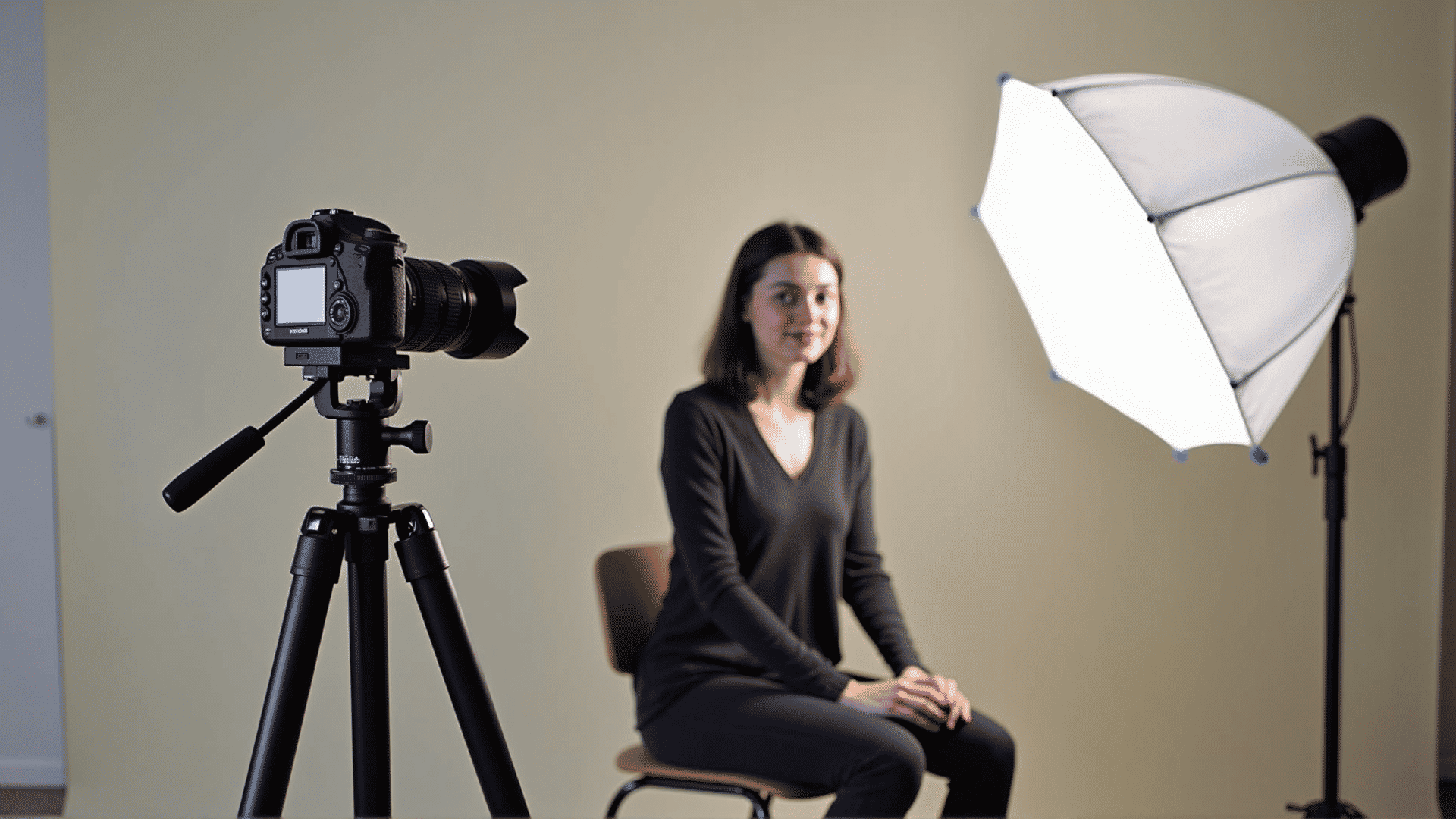Understanding the art of lighting is essential for any photographer aiming to capture stunning images. Lighting is not just about illuminating a subject; it is about creating mood, adding depth, and highlighting features that would otherwise go unnoticed. By mastering both natural and artificial lighting techniques, photographers can dramatically enhance their work.
Harnessing Natural Light
Natural light, provided by the sun, is one of the most powerful tools a photographer can use. Its quality changes throughout the day, providing varied opportunities for creativity:
-
Golden Hour: This period shortly after sunrise and before sunset is beloved for its soft, warm tones. During this time, shadows are longer and the light has a golden hue, ideal for portrait and landscape photography.
-
Blue Hour: Occurring just before sunrise and just after sunset, the blue hour features a soft, blue light that offers a serene and cool tone. This is perfect for capturing ethereal landscapes and cityscapes.
-
Overcast Days: While often overlooked, cloudy skies produce diffused light that reduces harsh shadows. This even lighting is excellent for macro photography, allowing for rich details without the interference of glare.
Exploring Artificial Light
Artificial lighting offers complete control over the environment, allowing photographers to shape their vision precisely as imagined:
-
Flash Photography: Useful for freezing motion and bringing light to dark scenes, flash can be bounced off surfaces to create a softer light. By using diffusers, the light can be softened to prevent hard shadows and glaring highlights.
-
Softboxes and Umbrellas: Both are used to diffuse light, softening the shadows and spread light evenly across the subject. They are versatile tools in studio settings or for on-location shoots.
-
Continuous Lighting: Often used in video and still photography where a consistent light source is needed. LED panels and tungsten lights provide steady illumination and can be adjusted in intensity and color temperature.
Blending Natural and Artificial Light
Combining both types of lighting can produce compelling results. For instance, using a flash during the golden hour can fill in shadows on the subject while maintaining the warm glow of the background light. Understanding how to balance these light sources is crucial for creating harmonious compositions.
Conclusion
Mastering lighting involves understanding its properties and how to manipulate it to suit the photographic subject and desired mood. Whether leveraging the sun's natural rays or setting up controlled artificial lighting, the ability to effectively use light defines and distinguishes good photography from great photography. By experimenting and practicing these techniques, photographers can elevate their craft to new heights, capturing images that resonate with viewers and convey the intended emotion and story.
